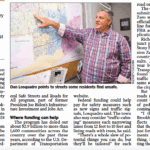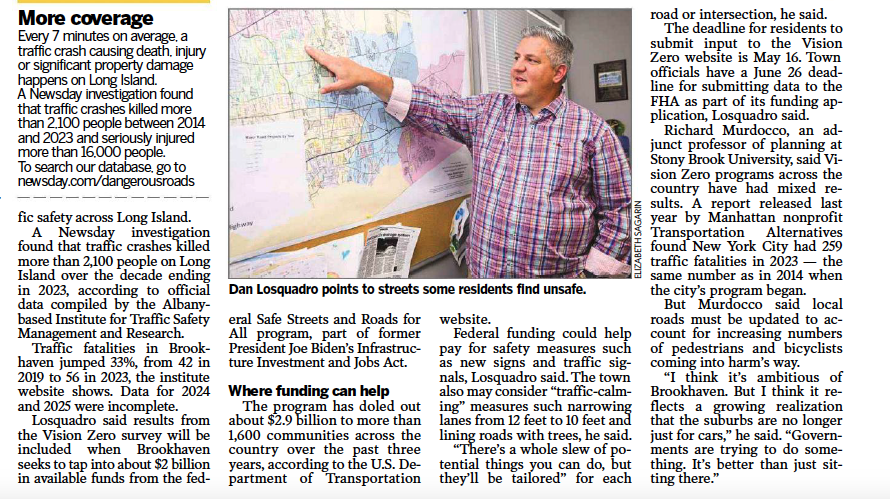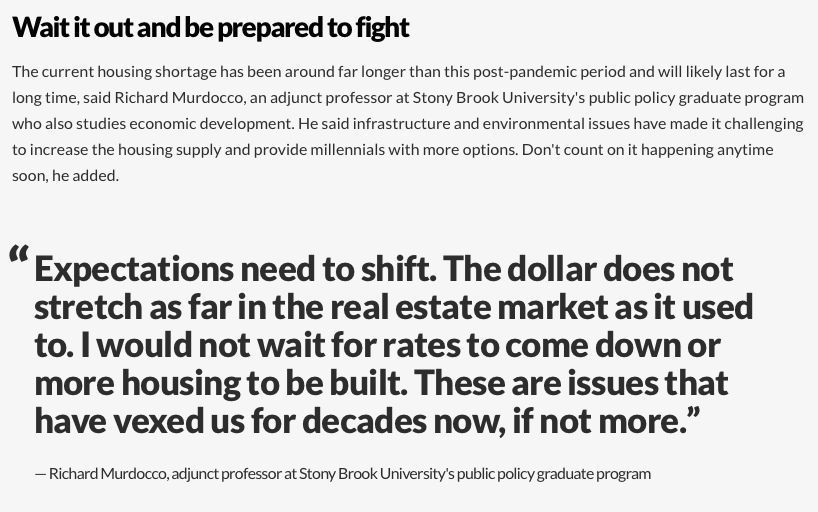The following piece was published on Three Village Patch (the post can be seen here: http://threevillage.patch.com/blog_posts/the-importance-of-integrating-social-media-in-planning ) and is being published on the NYMuniBlog. The piece is below:
In the last year, my Twitter @TheFoggiestIdea, as well as my blog (The Foggiest Idea), have opened up doors professionally that went beyond my wildest expectations. Thanks to Twitter, I had the privilege of attending the Regional Plan Association’s Annual Regional Assembly at the Waldorf Astoria, had the pleasure of presenting my work integrating planning and social media to Long Island’s most influential social media users and Newsday staff and editorial board, and lastly, gained a fantastic employment opportunity. While Twitter did not guarantee me a job, the connection built between me and my new employer was strengthened immensely, helping ease the solicitation and interview process. The point of the @TheFoggiestIdea was to share both my academic and professional experience with the public, and provide the public with nuanced land use data that directly reflects why communities across Long Island are the way that they are. My goal is to help community members make informed policy decisions that directly impact their hometowns.
The moral of the above examples is that social media has forever changed the landscape of the internet, and the people who use it. It has opened up endless opportunities for those who look for them. Facebook is important in this revolution, but Twitter is the platform that grants users mind boggling access to one another. For example, despite working 70 miles away from their offices in lower Manhattan, I can instantly interact with the City of New York’s planning department, sharing my views on their riverfront access and bike path projects. In turn, the department can respond to my comments, creating a dialogue for their 1,000 plus users to see. In another example, a LIRR rider can tweet at the MTA to find out why their train is stuck at Jamaica, and instantly get a response. Direct access like that was unavailable five years ago, and now is the time for local governments to take advantage of these powerful new tools.
While these concepts of interconnectedness are not exactly new, and have been around since computers caught on, after a long adoption process, municipal agencies are catching on to their potential. I challenge every municipality on Long Island to embrace social media and reach out to their constituents on a social platform. The Towns of Brookhaven and Islip for example, have Twitter accounts that are slowly growing. I am waiting for Babylon, Huntington, Southold and the rest to follow suit.
At last year’s American Planning Association’s Long Island section’s East End conference, there was a panel that highlighted the growing role of social media in planning. During the presentation, the panelists discussed how using social media, they were able to place bike racks in areas where they were most in demand. I feel that the panelists did not go far enough in conveying how planning can be transformed by social media tools.
Planning is a process that feeds off of public input, and is only successful if the public are wholly engaged. What better platforms than Twitter or Facebook to actively engage the public in the important policy decisions of the day? For example- a developer, partnered with a Town wants to revitalize a downtown area. Why not reach out to the local papers, see who both “likes” the paper’s Facebook and follows the publication’s Twitter, and start soliciting ideas? Why not engage users on Patch.com, AOL’s hyperlocal news service, or reach out to Newsday‘s many community journalist’s online following? The planning process should always be transparent, and now, we are given the tools to ensure that transparency will not only occur, but be instantaneous as the process unfolds. It is a perfect fit for the planning process.
However, there are pitfalls to integrating social media and policy. A municipality must be careful to not replace true community forums with solely online interactions. There must be a blend of both the old and new approaches. The classic methods of planning are still the most likely to get fully implemented- a travelling road show highlighting a development approach which gives the public multiple opportunities at various community forums to shape a plan’s vision. This classic approach should be accompanied by technology, not replaced by it. Social media platforms are just that: platforms in which we can accompany the development process, not replace true interaction. Remember, technology does not create our values, but only serves as a medium in which we can imprint them.
At Stony Brook, Dr. Koppelman always taught us that true community-based planning is predicated upon a well informed public that is given ample opportunity to participate in the process. All it takes is somebody asking the question, either at a forum, civic meeting or on Twitter- “How do you want to improve your community?” The public is ready, and eager to respond.









